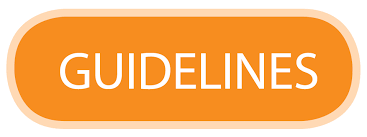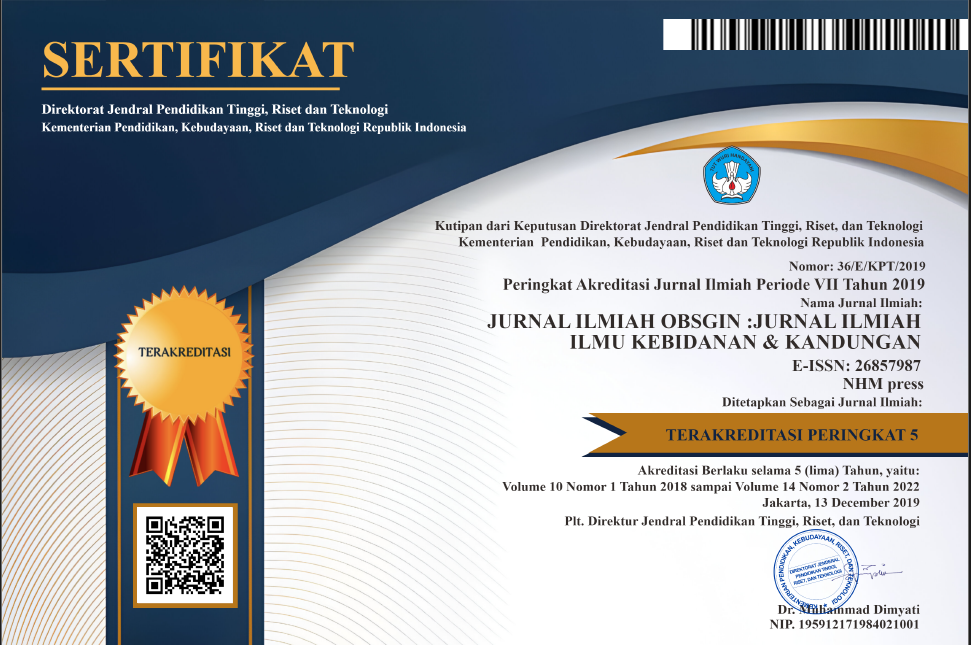The Impact of Combination Therapy Utilizing Citrus limon Aromatherapy and Mozart Classical Music Distraction Therapy to Reduce The Pain Intensity in Post-Sectio Caesarea Mothers
Abstract
Background: The pain intensity in sectio caesarea postpartum women remains the most difficult physical and emotional obstacle and also it has a direct impact in slower recovery rate. Different physical and non-physical therapies were implemented to reduce the pain and to speed up the recovery. The objective of this study is to assess the direct impact to the mothers after applying a combination therapy using lemon aromatherapy and Mozart classical music distraction therapy.
Method: A total of thirty women aged between 18 and 37 years were included in this study with two sets of treatments. Fifteen corespondents received the treatments of lemon aromatherapy combined with Mozart classical mucis and the other fifteen obtained only deep breathing relaxation therapy (as control group). All treatments were applied for 15 minutes in one day. The level of pain intensity was measured before and after treatments.
Result: After two sets of different treatments were applied to thirty of the corespondence women, the pain intensity was measured and analyzed. A Wilcoxon signed-ranked test indicated that the combination of lemon aromatherapy and Mozart classical music was efficient to reduce the pain in the subjects of this study (p<0.05). Additionally, based on the final scoring, the deep breathing exercise was less effective in lowering the pain compared to the combination of lemon aromatherapy and Mozart classical music albeit it differed significantly based on Mann-Whitney U non-parametric analysis (p< 0.05).
Conclusion: A significant positive deviations in pain intensity was observed in section-caesarea postpartum women after receiving the combination treatments of lemon aromatherapy and Mozart classical music. Further studies that include prolonged follow-ups observation should be conducted to achieve an improved result
References
2. Leone T, Padmadas SS, Matthews Z. Community factors affecting rising caesarean section rates in developing countries: an analysis of six countries. Soc Sci Med. 2008;67(8):1236-1246.
3. Verma V, Vishwakarma RK, Nath DC, Khan HTA, Prakash R, Abid O. Prevalence and determinants of caesarean section in South and South-East Asian women. PLoS One. 2020;15(3):e0229906.
4. Sepehri A, Guliani H. Regional Gradients in Institutional Cesarean Delivery Rates: Evidence from Five Countries in Asia. Birth. 2017;44(1):11-20.
5. Lauer Jeremy A., Ana P. Betra´ n, Mario Merialdi, and Daniel Wojdyla. "Determinants of caesarean section rates in developed countries: supply, demand and opportunities for control." World health report 29(2010): 1–22.
6. Jin J, Peng L, Chen Q, et al. Prevalence and risk factors for chronic pain following cesarean section: a prospective study. BMC Anesthesiol. 2016;16(1):99
7. Sun KW, Pan PH. Persistent pain after cesarean delivery. Int J Obstet Anesth. 2019;40:78-90
8. Smith CA, Collins CT, Cyna AM, Crowther CA. Complementary and alternative therapies for pain management in labour. Cochrane Database Syst Rev. 2006;2006(4):CD003521. Published 2006 Oct 18.
9. Rombolà L, Amantea D, Russo R, et al. Rational Basis for the Use of Bergamot Essential Oil in Complementary Medicine to Treat Chronic Pain. Mini Rev Med Chem. 2016;16(9):721-728.
10. Rio Jadel, Fuster MD, Gomez P, et al. Citrus limon: a source of flavonoids of pharmaceutical interest. Food Chemistry. 2004 ;84(3):457-461.
11. Zhao C, Wang F, Lian Y, Xiao H, Zheng J. Biosynthesis of citrus flavonoids and their health effects. Crit Rev Food Sci Nutr. 2020;60(4):566-583.
12. Hole J, Hirsch M, Ball E, Meads C. Music as an aid for postoperative recovery in adults: a systematic review and meta-analysis [published correction appears in Lancet. 2015 Oct 24;386(10004):1630]. Lancet. 2015;386(10004):1659-1671.
13. Masoud AT, Samy A, Elshrery AM, Taher E, Shaker KH, Abbas AM. The effect of music on pain perception in women scheduled for elective cesarean section: a systematic review and meta-analysis. POG in Press. 2020 July; Article 1 [15p]
14. Ebneshahidi A, Mohseni M. The effect of patient-selected music on early postoperative pain, anxiety, and hemodynamic profile in cesarean section surgery. J Altern Complement Med. 2008;14(7):827-831.
15. Basyouni NR, Gohar IE. Effect of Breathing Exercise on After Pains Among Postpartum Women. IOSR-JNHS. 2017:6(2): 88-96
16. International Association for the Study of Pain (IASP) Subcommittee on Taxonomy. Classification of chronic pain. Descriptions of chronic pain syndromes and definitions of pain terms. Pain. 1986;24(Suppl):S1–S226.
17. Eisenach JC, Pan P, Smiley RM, Lavand'homme P, Landau R, Houle TT. Resolution of pain after childbirth. Anesthesiology. 2013;118(1):143-151.
18. Masselin-Dubois A, Attal N, Fletcher D, Jayr C, Albi A, Fermanian J, et al. Are psychological predictors of chronic postsurgical pain dependent on the surgical model? A comparison of total knee arthroplasty and breast surgery for cancer. J Pain. 2013;14:854–64.
19. Sharifipour F, Bakhteh A, and Mirmohammad Ali M (2015) Effects of Citrus aurantium aroma on post-cesarean anxiety. The Iranian Journal of Obstetrics, Gynecology and Infertility, 18 (170.16). pp. 12-20
20. Apriyanti YP, Suhartono, Ngadiyono. The Impact of Lavender Aromatherapy on Pain Intensity and Beta-Endorphin Levels in Post-Caesarean Mothers. Belitung Nursing Journal. 2017:3(5): 487-495
21. Manchope MF, Casagrande R, Verri WA Jr. Naringenin: an analgesic and anti-inflammatory citrus flavanone. Oncotarget. 2017;8(3):3766-3767
22. Pinho-Ribeiro FA, Zarpelon AC, Fattori V, et al. Naringenin reduces inflammatory pain in mice. Neuropharmacology. 2016;105:508-519.
23. Manchope MF, Calixto-Campos C, Coelho-Silva L, et al. Naringenin Inhibits Superoxide Anion-Induced Inflammatory Pain: Role of Oxidative Stress, Cytokines, Nrf-2 and the NO-cGMP-PKG-KATP Channel Signaling Pathway. PLoS One. 2016;11(4):e0153015. Published 2016 Apr 5.
24. Kane E. (1914) Phonograph in operating-room. Journal of the American Medical Association 62(23), 1829
25. Dobek CE, Beynon ME, Bosma RL, Stroman PW. Music modulation of pain perception and pain-related activity in the brain, brain stem, and spinal cord: a functional magnetic resonance imaging study. J Pain. 2014;15(10):1057-1068.
26. Wulff V, Hepp P, Fehm T, Schaal NK. Music in Obstetrics: An Intervention Option to Reduce Tension, Pain and Stress. Geburtshilfe Frauenheilkd. 2017;77(9):967-975.
27. Katayon Vakilian, Afsaneh Keramat. The Effect of the Breathing Technique With and Without Aromatherapy on the Length of the Active Phase and Second Stage of Labor. Nursing and Midwifery Studies. 2013:1(3) 115-119.











